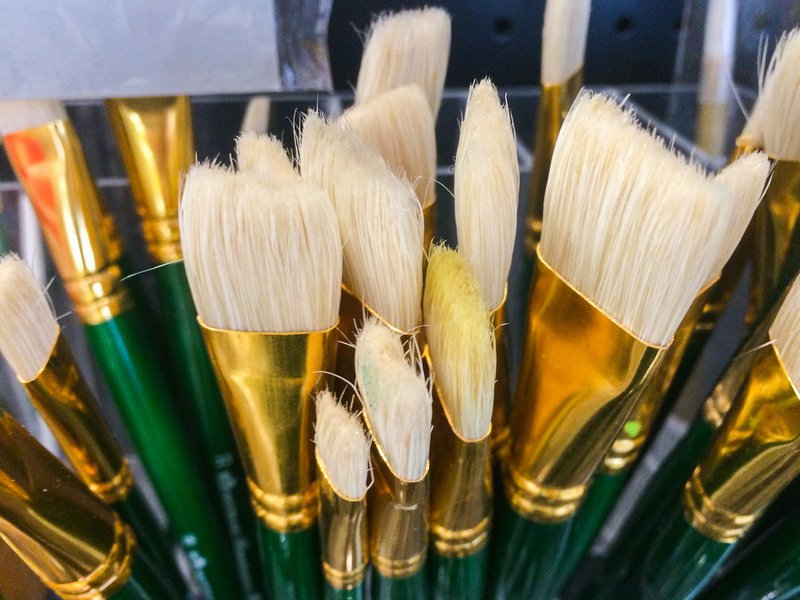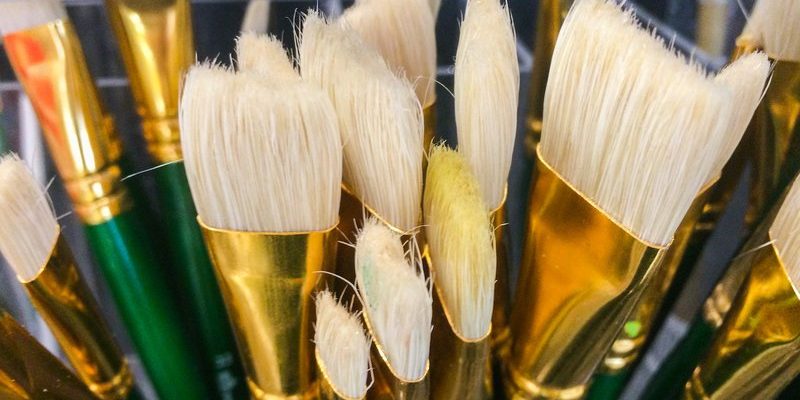
Bristle worms, which are part of the polychaete family, are often seen gliding through the sand and rocks of aquariums. But do they actually cause harm to corals? Are they misunderstood, or do they pose a real threat? In this article, we’re diving deep into this topic to separate myth from fact, and to help you understand how these fascinating creatures fit into the marine ecosystem.
What Are Bristle Worms?
Bristle worms are fascinating little critters that inhabit the ocean’s floors. They come in various shapes and sizes, ranging from just a few centimeters to over a meter long! These worms usually have a segmented body covered in bristles, or **setae**, which serve multiple functions like movement and protection. You might think of them as the cleanup crew of the ocean floor, munching on detritus, dead plants, and the occasional leftover fish food.
You might be wondering, “Should I be worried about them in my aquarium?” The good news is, bristle worms aren’t inherently bad for your tank. They often help maintain the balance of the ecosystem by breaking down waste. However, if they get out of control, they could indicate overfeeding or poor water quality. Keeping an eye on their population is key.
Coral Irritation: What’s the Connection?
Now, onto the burning question: Do bristle worms irritate corals? Corals are sensitive creatures, and many factors can lead to irritation or stress. Some aquarists believe that the presence of bristle worms can cause issues for their corals, but let’s break it down.
Corals can become stressed for various reasons:
- Water Quality: Poor water chemistry can lead to irritation.
- Light Levels: Too much or too little light can affect growth and health.
- Flow Rate: Inadequate water flow can lead to debris buildup.
Bristle worms may contribute to irritation indirectly. For instance, when they die or become too abundant, the decaying biomass can reduce water quality, leading to coral stress. However, they are not usually the direct cause of irritation—at least not on their own.
The Myths Surrounding Bristle Worms
There are plenty of myths about bristle worms, and it’s easy to see why. Aquarists often jump to conclusions based on limited experiences or anecdotal evidence. One common myth is that bristle worms will attack and harm your corals or fish. In reality, they are more scavengers than predators.
While they do have bristles that can sting if handled, most species are harmless. That said, some can be aggressive scavengers and may eat small corals or other invertebrates if food is scarce. So, while they aren’t a direct threat, it’s essential to maintain a balanced ecosystem to minimize any potential issues.
Fact vs. Myth: Understanding the Truth
Let’s clarify what’s true and what’s not.
– **Myth:** Bristle worms cause coral irritation.
– **Fact:** They can contribute to issues in poor conditions but are not direct irritants.
– **Myth:** All bristle worms are bad for coral tanks.
– **Fact:** Many species play a beneficial role in recycling nutrients and keeping the tank clean.
Understanding these myths helps in managing your aquarium better and can lead to healthier corals and a more balanced environment.
How to Manage Bristle Worms in Your Aquarium
If you’re worried about bristle worms in your tank, don’t panic! There are several ways to manage their population without harming your ecosystem.
1. **Monitor Feeding:** Overfeeding can lead to a population boom of these guys. Adjust your feeding schedule to ensure all food is consumed in a timely manner.
2. **Maintain Water Quality:** Regular water changes and testing can keep your tank healthy and minimize irritants. Good water chemistry leads to healthy corals and a balanced environment.
3. **Manual Removal:** If their numbers start to get out of hand, you can remove them manually. Use tweezers or gloves to catch them, just be careful of those bristles!
4. **Encourage Natural Predators:** Some fish and invertebrates eat bristle worms, so consider introducing them if suitable for your tank.
By keeping a close eye on your water conditions and food levels, you can enjoy the benefits of bristle worms without risking your corals.
Alternatives to Bristle Worms in Your Reef Tank
If you’re still concerned about bristle worms but want a similar cleanup job, there are alternative options to consider. These could provide a cleaner, more manageable ecosystem while keeping your tank healthy.
– **Nassarius Snails:** These snails burrow in the substrate and help keep it aerated while eating detritus.
– **Conch Snails:** Another excellent choice for sand cleanup, conchs also help stir the substrate.
– **Pod Life (Copepods and Amphipods):** These tiny creatures thrive in your tank and are great for nutrient cycling without the size or potential aggression of bristle worms.
Exploring these alternatives can lead to a healthier tank atmosphere, while keeping your water clean and your corals happy.
In the great debate of bristle worms versus coral irritation, the truth is more nuanced than a simple myth or fact. While these little worms can contribute to aquarium health, they are not the boogeymen some folks make them out to be. Keeping a balanced environment through good water quality, proper feeding, and mindful observation can help you enjoy the diverse beauty of your aquatic setup.
As a budding aquarist, it’s essential to understand that what happens in your tank is interconnected. By managing your ecosystem with care, you can ensure a thriving tank that benefits from the unique characteristics bristle worms bring to the table. So, sip that coffee and enjoy your underwater adventure—your coral companions may just thank you for it!

